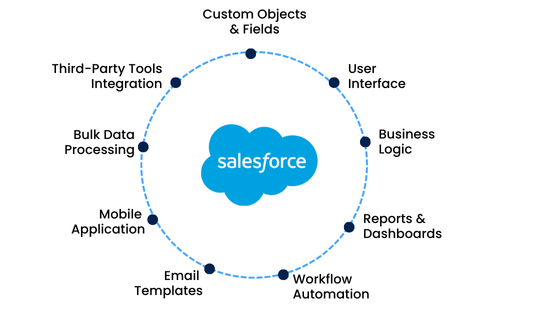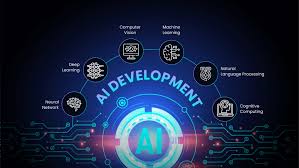Paris is packed with ambitious businesses, and the smartest ones know they need tech to stay ahead. That’s where Salesforce comes in—it’s one of the best ways to streamline how you work and keep your customers happy. When you bring in a seasoned Salesforce consultant right here in Paris, you’re not just buying software; you’re getting a partner who helps you use your CRM to actually drive results.
Maybe you need help with Salesforce itself, want to tweak your CRM, or have to connect everything together. The right consultant keeps your business nimble and focused on your customers.
Why Paris Companies Count on Salesforce Consultants
Tailored CRM Solutions
No two companies work the same way. Good Salesforce consultants in Paris get that. They dig into how you operate and design solutions that really fit your goals, your teams, and your clients’ journeys. The result? A system that actually makes your day easier.
Seamless Salesforce Implementation
Let’s be honest—setting up Salesforce can get messy. Certified consultants make sure it doesn’t. They handle everything from moving your data over to automating routine tasks, so you’re up and running fast, without headaches or wasted time.
Smooth Integration with Your Other Tools
Most Paris companies juggle a bunch of different platforms. A skilled Salesforce developer helps connect Salesforce to your ERP, marketing tools, or accounting systems, so all your data finally lives in one place.
Better Customer Engagement
The real power of Salesforce shows up in how you treat your customers. With the right consulting, you get sharper insights, better communication, and smart automation. You can track leads, manage deals, and even predict sales—everything you need to build real relationships.
Smarter Decisions with Better Data
Salesforce’s dashboards and AI tools put real numbers in front of you. You see which campaigns work, how customers behave, and where sales are trending. Suddenly, decisions aren’t guesses—they’re backed by hard data.
What You Get When You Hire a Salesforce Consultant in Paris
Hands-on guidance for customizing your CRM and building a real strategy
Workflow automation that cuts down busywork and boosts output
Lower costs because your processes actually make sense
A sales, marketing, and support team that works together, not in silos
A faster path to seeing real results from your digital upgrades
How to Pick the Right Salesforce Partner in Paris
Don’t settle for just anyone. Go for a team that’s proven themselves across different industries, has certified pros on staff, and won’t disappear once the setup is done. Look for people who think about your future too, making sure Salesforce can grow with you.
A good partner doesn’t just set up Salesforce and leave—they stick around, help you improve, and keep you ready for whatever the market throws your way.
In the End
If you want your Paris business to scale, Salesforce does more than manage contacts—it sparks real growth. With the right consultant by your side, you’ll work smoother, move faster, and build better connections with your customers.
So, investing in Salesforce consulting today isn’t just about software. It’s about creating a smarter, more connected company for the future.




